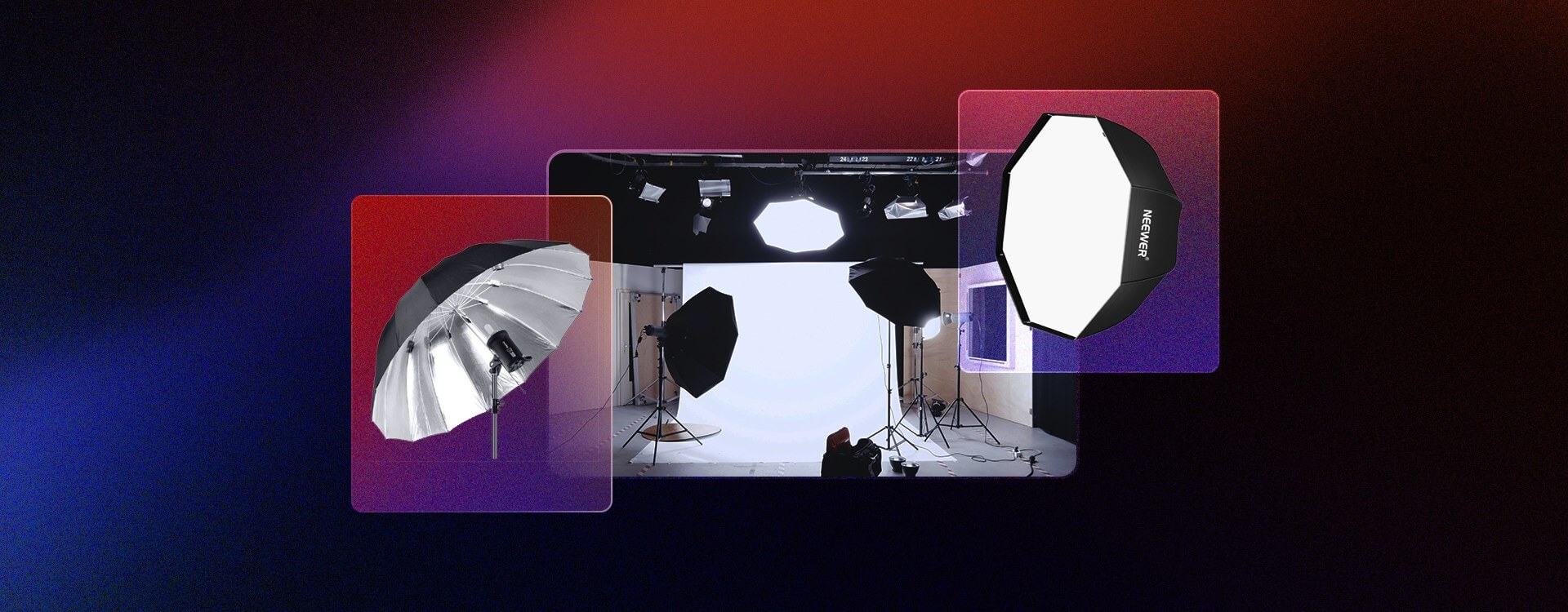Highlights
Table of Contents
Explore article topics
You’ve decided that you really need to take the plunge and buy yourself some lights. Excellent! This means that your filmmaking is going up a notch, and you’re growing in confidence and capability. But where is best to put our money? Will softbox lighting work best for you? Or will umbrellas make the most of your money? We’re here to look at the advantages and disadvantages of softbox light vs. umbrella light.
What is an umbrella?
Lighting umbrellas really do resemble umbrellas that you’d use to keep the rain off you, although mixing them with water probably isn’t recommended.
Umbrellas for lighting come in 2 forms: reflective and shoot-through. Reflective umbrellas have a black “outside” (the convex side) and a shiny inside (the concave side), which is often silver or gold. Shoot-through umbrellas are made of lightweight white fabric that light can pass through easily.
Reflective umbrella
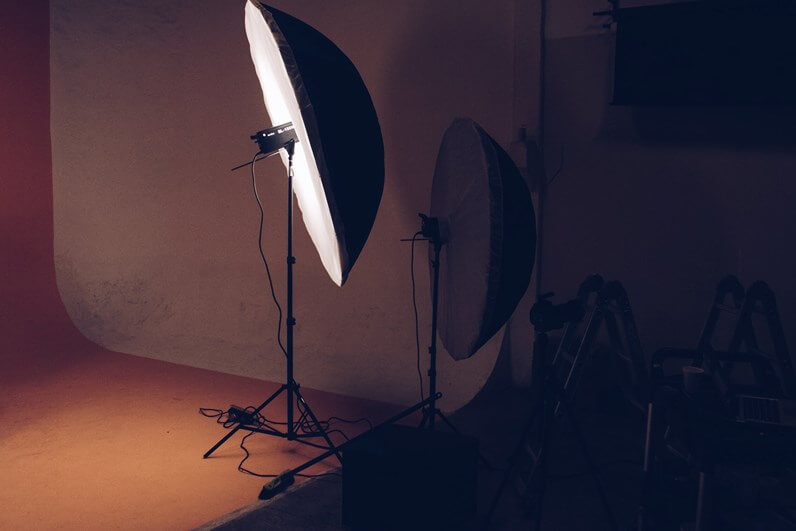
Photo by william f. santos on Unsplash
You use a reflective umbrella by angling the shiny side toward your subject and directing your light toward the reflective surface. The light bounces off the reflective surface and diffuses out across your subject.
Shoot-through umbrella
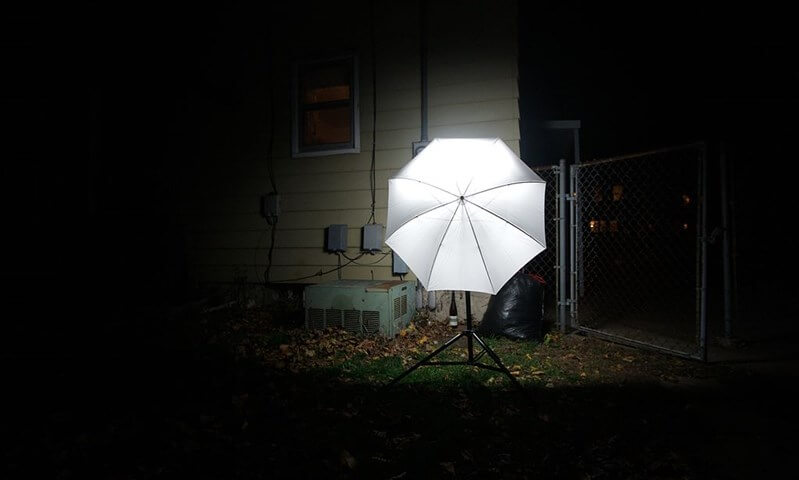
Tony Webster from Portland, Oregon, United States, CC BY 2.0, via Wikimedia Commons
As the name might suggest, you direct the outside of your umbrella toward your subject. Your light source sits behind the umbrella, shining onto your subject through the fabric. Shoot-through umbrellas are very easy to use and recommended for beginners. They create lovely soft light, but it does spill easily.
Umbrellas can be regular shaped or parabolic. Parabolic umbrellas are constructed using more panels than regular umbrellas and are often larger. They tend to produce light with an even better wrap-around quality than regular umbrellas.
Whether you choose a reflective or a shoot-through umbrella, remember that the larger your umbrella, the softer your light will be. And the larger your umbrella, the more powerful a light you will need to fill it.
When should I use an umbrella for lighting?
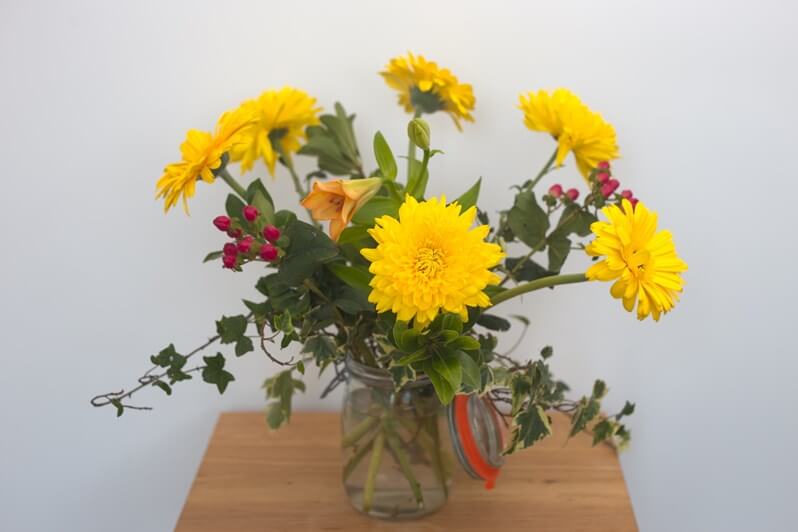
Image lit with an umbrella. Credit: Daniela Bowker
Umbrella lighting is very broad and soft, uncontrolled and uncontained. You might think it resembles outdoor light. And if you use a reflective umbrella with a gold-colored lining, you can create light that resembles golden hour sunlight.
If you want to spread soft, even light over a large area without worrying too much about having to direct it or prevent it from spilling, then an umbrella is a great option. In addition, umbrellas are an excellent option for shooting interiors.
Umbrellas also have the advantage over softbox lighting kits because they tend to be lighter, quicker to set up and dismantle and easier to transport and are often cheaper than softbox lights. So if you are looking for an easy-to-use system for lighting YouTube videos that you shoot from home, an umbrella kit might be the best option.
What is a softbox?

A softbox is effectively a box into which you place a light source. One side is semi-translucent so that light can exit it and illuminate your scene. The semi-translucent covering softens and diffuses the light, creating beautiful wrap-around light with gentle shadows for your subject. Softbox lighting is easier to control and direct than umbrella lighting.
Softboxes come in a variety of shapes: square, rectangular or octagonal, as well as in different sizes. Different shaped softboxes produce different shaped catch-lights in people’s eyes. If you’re wondering what size softbox you need, portrait photographers work on the principle that your softbox needs to be roughly the same size as your subject.
When should I use a softbox?
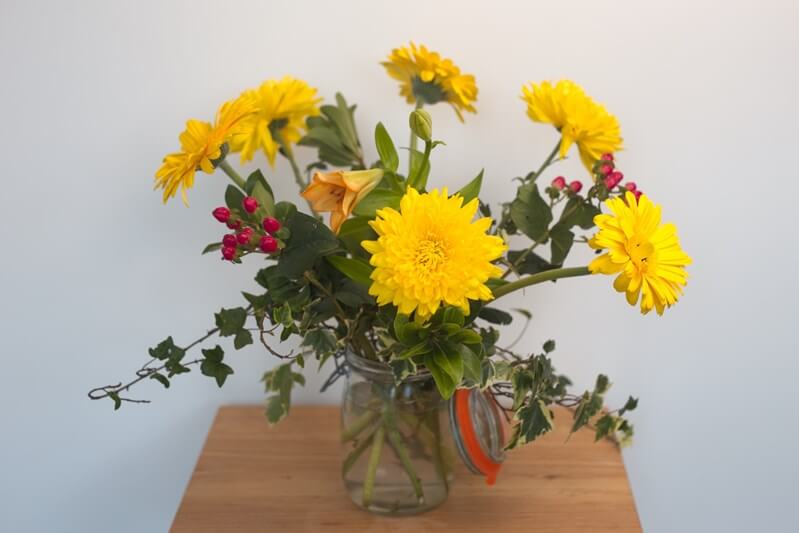
Image lit with a softbox. Credit: Daniela Bowker
Softbox light is often described as resembling light coming through a window. It’s soft and diffuse, but it has direction. You might notice that it molds more to your subjects and provides a little more definition than an umbrella. Softboxes give you the option to apply light modifiers, such as grids, honeycombs, or louvers. If you want soft, even light, but you need to be a little cautious about where it falls, then use a softbox. By placing a honeycomb over a softbox, you can really make a subject stand out from the background. The controllable light from a softbox makes it a better choice than an umbrella if you need an artificial light source for backlighting.
Get unlimited royalty-free 4K footage
Softbox vs. umbrella: pros and cons
Whether you choose a softbox lighting kit or an umbrella setup, both will work to diffuse light and can be used as part of a 3-point lighting setup. What’s important to remember is that your light’s proximity to your subject will always determine its quality. The closer the light is to the subject, the broader and, therefore, softer it will be. If you move the light away from your subject, it will become harder with more defined edges and shadows.
When it comes to softbox vs. umbrella, there isn’t really a better or best option. It’s what works best for you.
Affordability
When comparing the cost of umbrellas vs. softboxes, umbrellas tend to be cheaper.
Advantage: umbrella
Storage, portability and ease-of-use
Umbrellas are easier to set up and pack away and lighter if you need to transport them. Softbox lighting kits work best if you have a dedicated space where you can leave them established. However, shooting outside with an umbrella on a windy day can be nightmarish: imagine trying to hold on to an umbrella walking down the street in windy conditions.
Advantage: umbrella
Control
Umbrella light is much more “free” than softbox lighting and spills more easily. In a white studio, umbrella lighting can be used to produce the softest light as it bounces off of multiple surfaces. If the walls of your set are colored, having more controlled softbox lighting will be easier to manage when it comes to spill and reflection. With a softbox, managing lighting your background will be easier, too.
Advantage: Softbox
Light modifiers
Softbox lights are easier to modify than umbrellas, too. You can use grids or honeycombs to help to create soft but directed light. It makes it much easier to ensure that your subject is lit and the background isn’t! This is particularly useful when doing night videography.
Advantage: Softbox
What’s best for high-key and low-key lighting?
If you’re thinking about high-key vs. low-key lighting and umbrella vs. softbox, the wider spread of light from umbrellas is excellent for high-key lighting. However, the control you get from softboxes will work much better for low-key lighting.
Advantage: Tie
The softbox umbrella
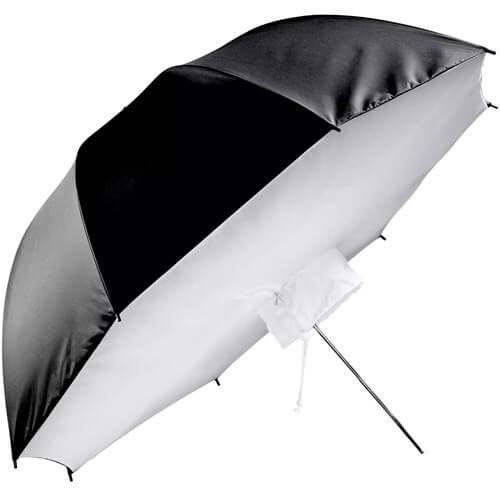
Image via https://savageuniversal.com/
If you are struggling to select between softbox vs. umbrella, you might want to consider the softbox umbrella. As the name suggests, they are hybrids of the umbrella and softbox. Shaped like an umbrella, they are covered, like a softbox.
Taking the plunge
There’s no right or wrong when it comes to choosing between a softbox vs. an umbrella. It’s whatever meets your needs and budget. You might well find that softbox lighting techniques provide you with more versatility, but starting out with umbrellas gives you the grounding you initially need. And there’s nothing to stop you from using both umbrellas or softboxes as the need arises.
Daniela is a writer and editor based in the UK. Since 2010 she has focused on the photography sector. In this time, she has written three books and contributed to many more, served as the editor for two websites, written thousands of articles for numerous publications, both in print and online and runs the Photocritic Photography School.
Share this article
Did you find this article useful?
Related Posts
- By Artlist
- 5 MIN READ
- By Alice Austin
- 5 MIN READ
Latest Posts
- 25 Apr
- By Josh Edwards
- 4 MIN READ
